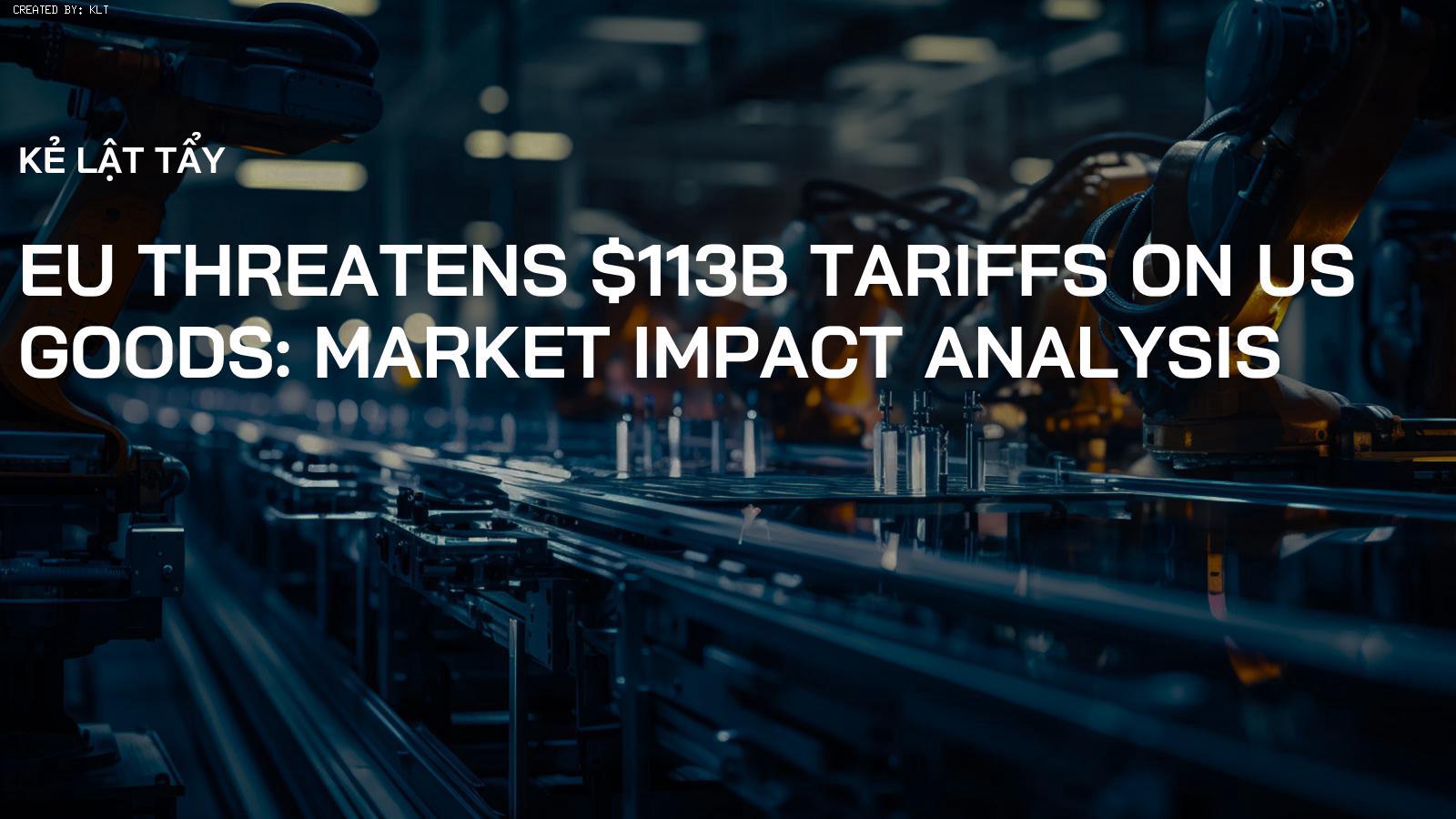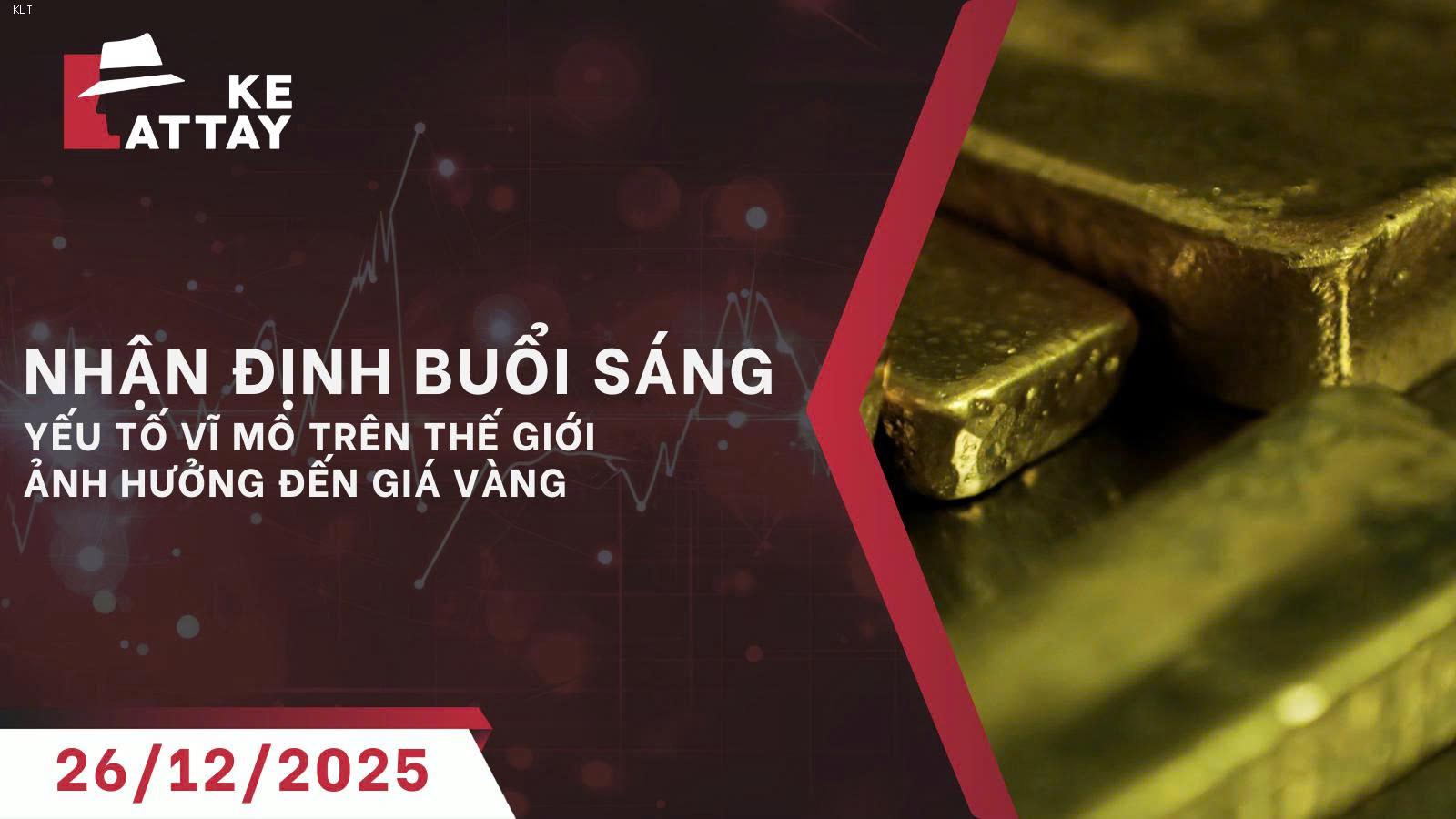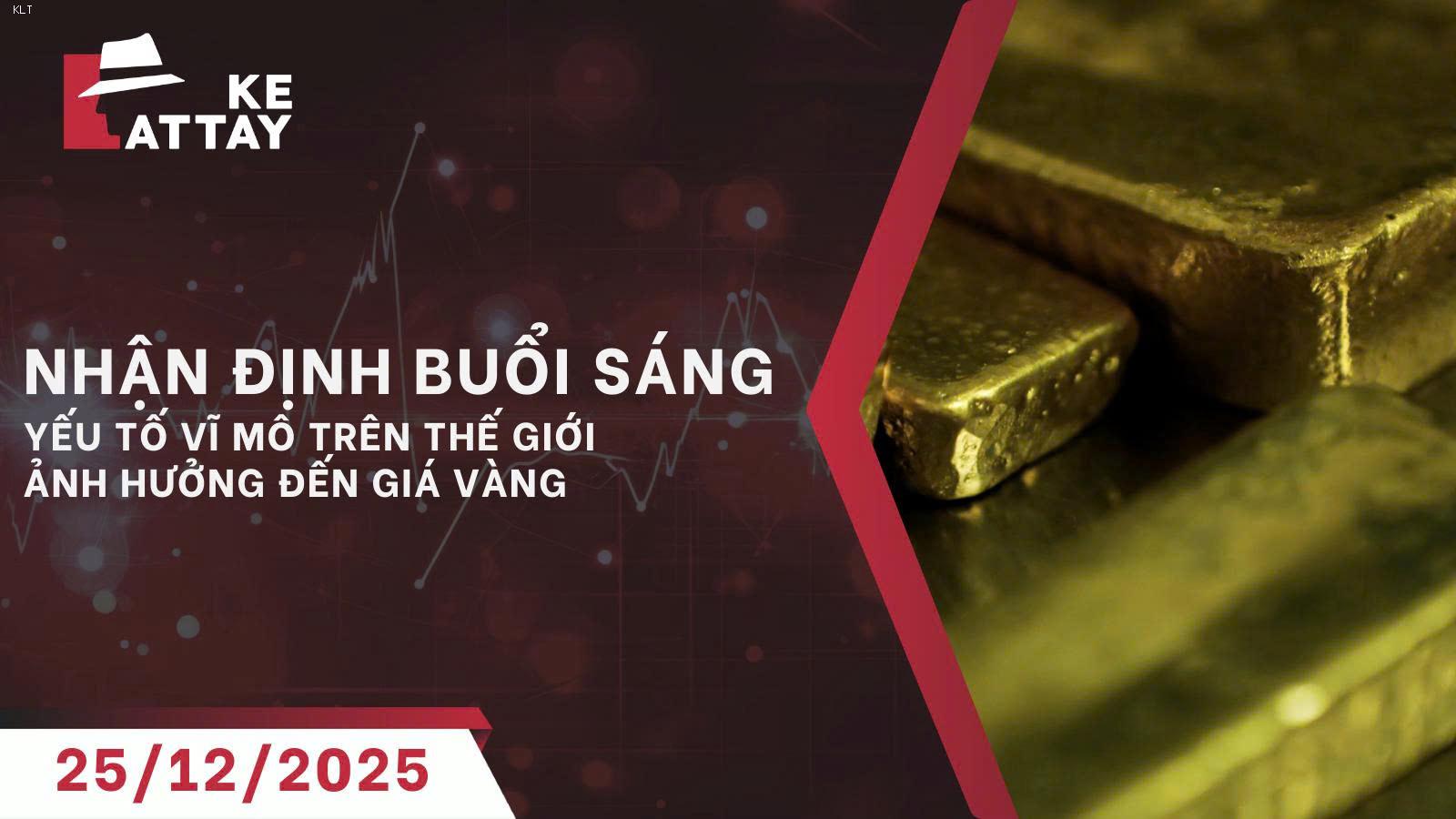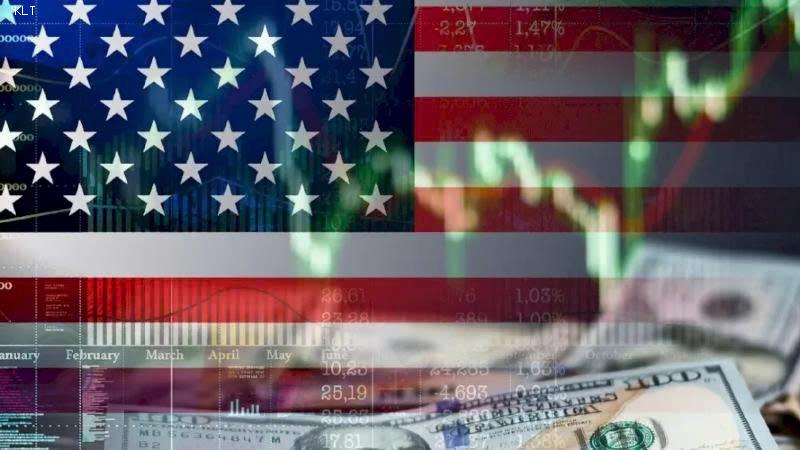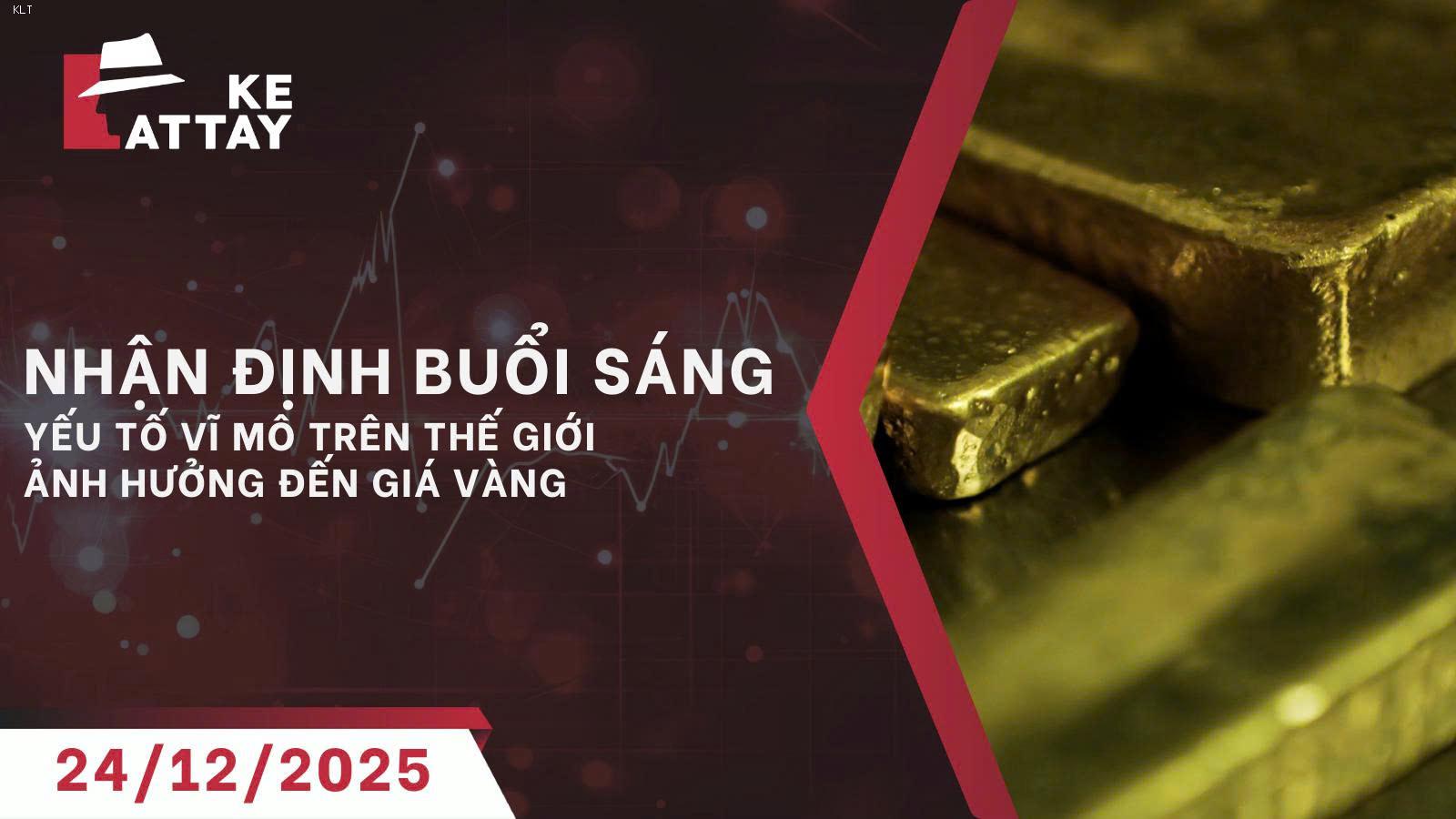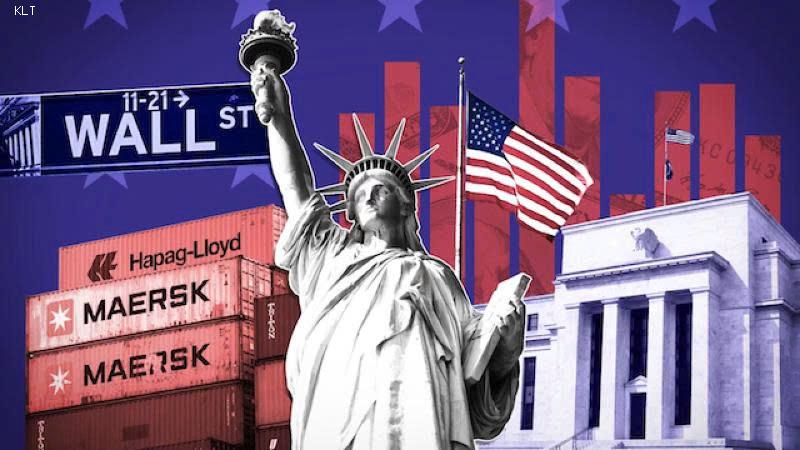The EU's plan to impose tariffs on US goods could trigger a trade war. This analysis examines the potential impact on gold and foreign exchange markets.
Overview of EU's Planned Tariffs
The European Union is considering tariffs of up to €100 billion on US goods in response to existing US tariffs, particularly those imposed by the Trump administration. While a 20% tariff implementation is delayed until July 2025 to allow for negotiations, the existing 10% tariff on goods from the 27 EU member states remains. This situation, coupled with tariffs on steel, aluminum, and automobiles, is escalating trade tensions.
Factors Driving the EU's Decision
Several factors are contributing to the EU's decision to consider retaliatory tariffs:
- US Tariffs: The continued application of 10% base tariffs and additional duties on steel, aluminum, and cars exported from Europe.
- Stalled Negotiations: Deadlocked trade talks between the EU and the US.
- Protectionist Policies: A perception that the US is engaging in protectionist policies under the Trump administration.
Impact on the Gold Market
Escalating trade tensions can significantly influence the gold market:
- Safe Haven Demand: Trade wars often lead to economic uncertainty, driving investors toward safe-haven assets like gold. Increased tariffs and retaliatory measures can cause market volatility, boosting gold prices.
- Currency Fluctuations: Trade disputes can weaken currencies, particularly those of countries heavily involved. A weaker Euro or US Dollar could increase gold's attractiveness as a store of value.
- Inflationary Pressures: Tariffs can lead to higher consumer prices, contributing to inflationary pressures. Gold is often used as a hedge against inflation.
Impact on Foreign Exchange Markets
The Forex markets are likely to experience volatility due to the potential trade war:
- Euro (EUR): The Euro could weaken if the EU's economy is negatively affected by the tariffs or if investors perceive increased risk in the Eurozone.
- US Dollar (USD): The US Dollar's reaction is more complex. Initially, it might strengthen as investors seek safety in the US. However, prolonged trade tensions and retaliatory tariffs could weaken the dollar.
- Other Currencies: Currencies of countries heavily reliant on international trade may also experience volatility. For example, currencies of commodity-exporting countries might fall if global trade slows down.
Opportunities and Challenges
Opportunities:
- Gold Investments: Rising gold prices may create short-term profit-making opportunities for investors.
- Currency Trading: Increased volatility can provide opportunities for currency traders to profit from short-term fluctuations.
Challenges:
- Uncertainty: Trade wars introduce significant uncertainty, making it difficult for businesses to plan and invest.
- Economic Slowdown: Tariffs can disrupt supply chains and increase production costs, leading to slower economic growth.
Investment Recommendations
Given the potential for increased market volatility, investors should consider the following:
- Diversification: Diversify portfolios across different asset classes to reduce risk.
- Hedging Strategies: Use hedging strategies, such as buying gold or protective puts on equity holdings, to protect against potential losses.
- Monitoring Developments: Stay informed about trade negotiations and adjust investment strategies accordingly.
Conclusion
The EU's plan to impose tariffs on US goods represents a significant escalation in trade tensions. This situation is likely to increase volatility in both the gold and foreign exchange markets. Investors should remain cautious and consider strategies to mitigate risk while capitalizing on potential opportunities.
